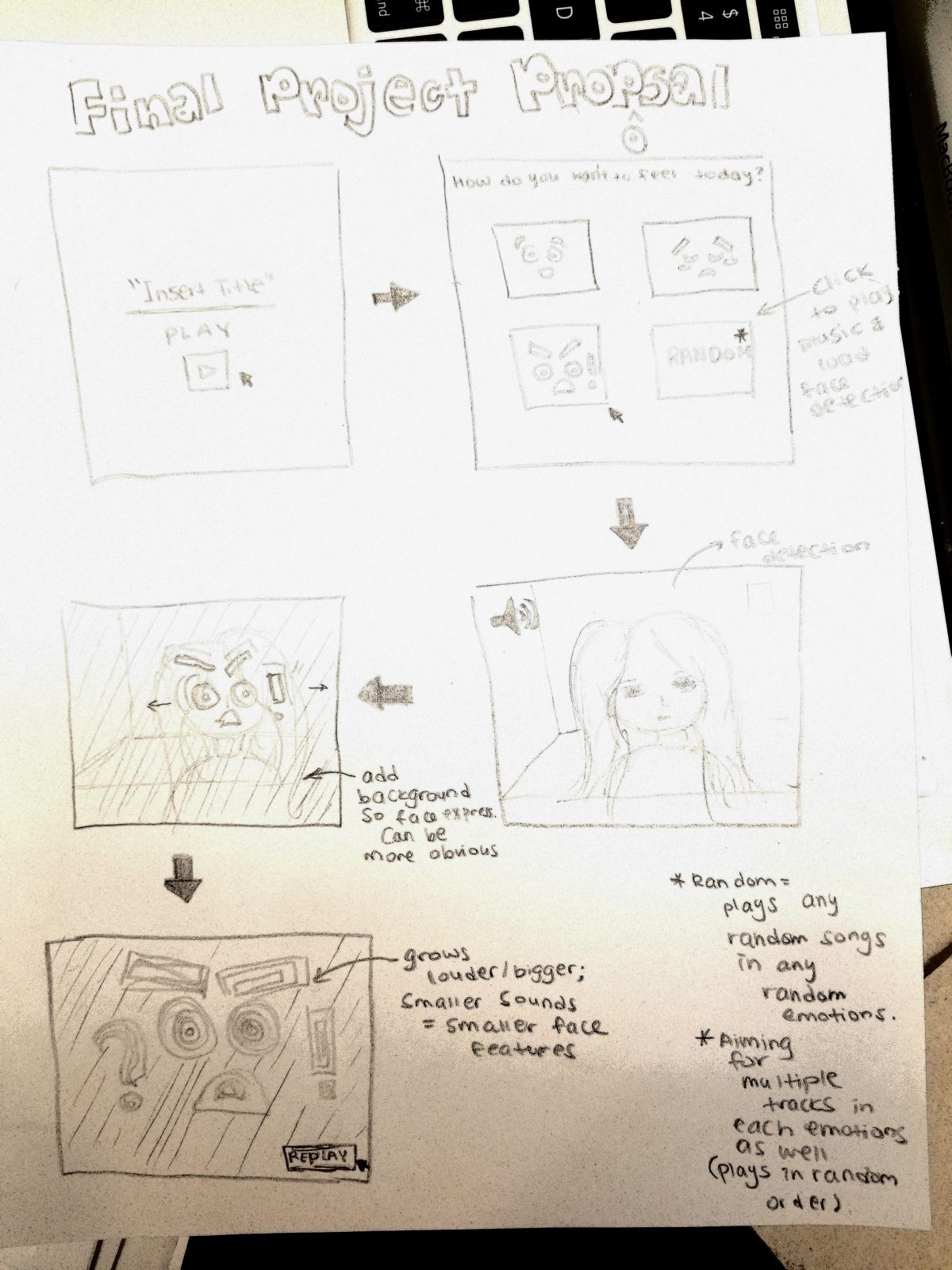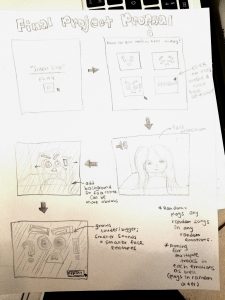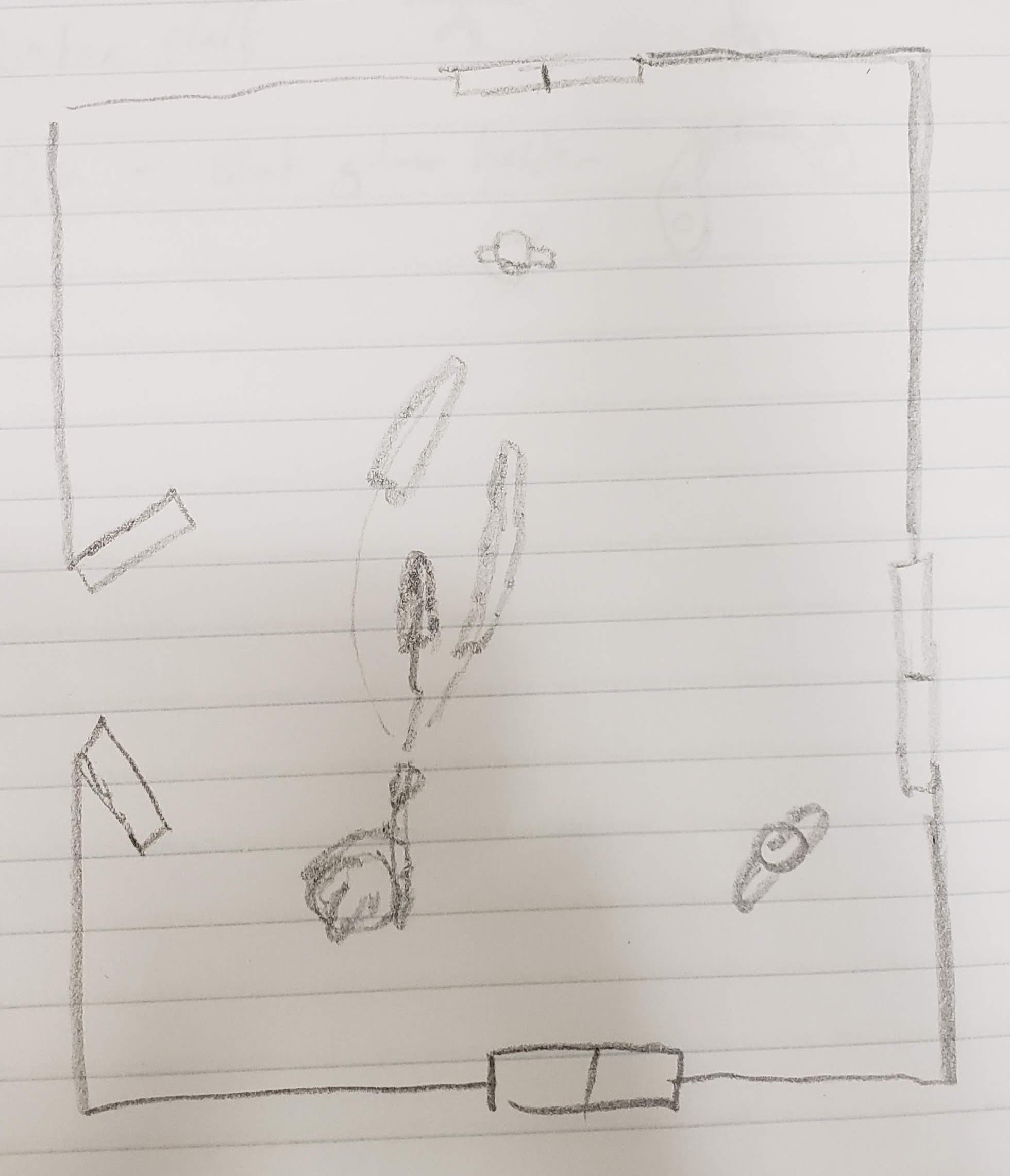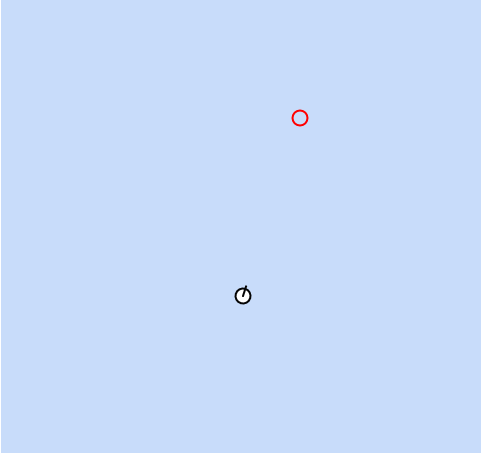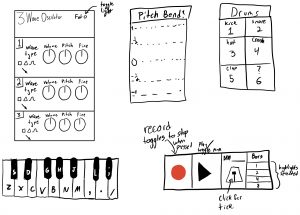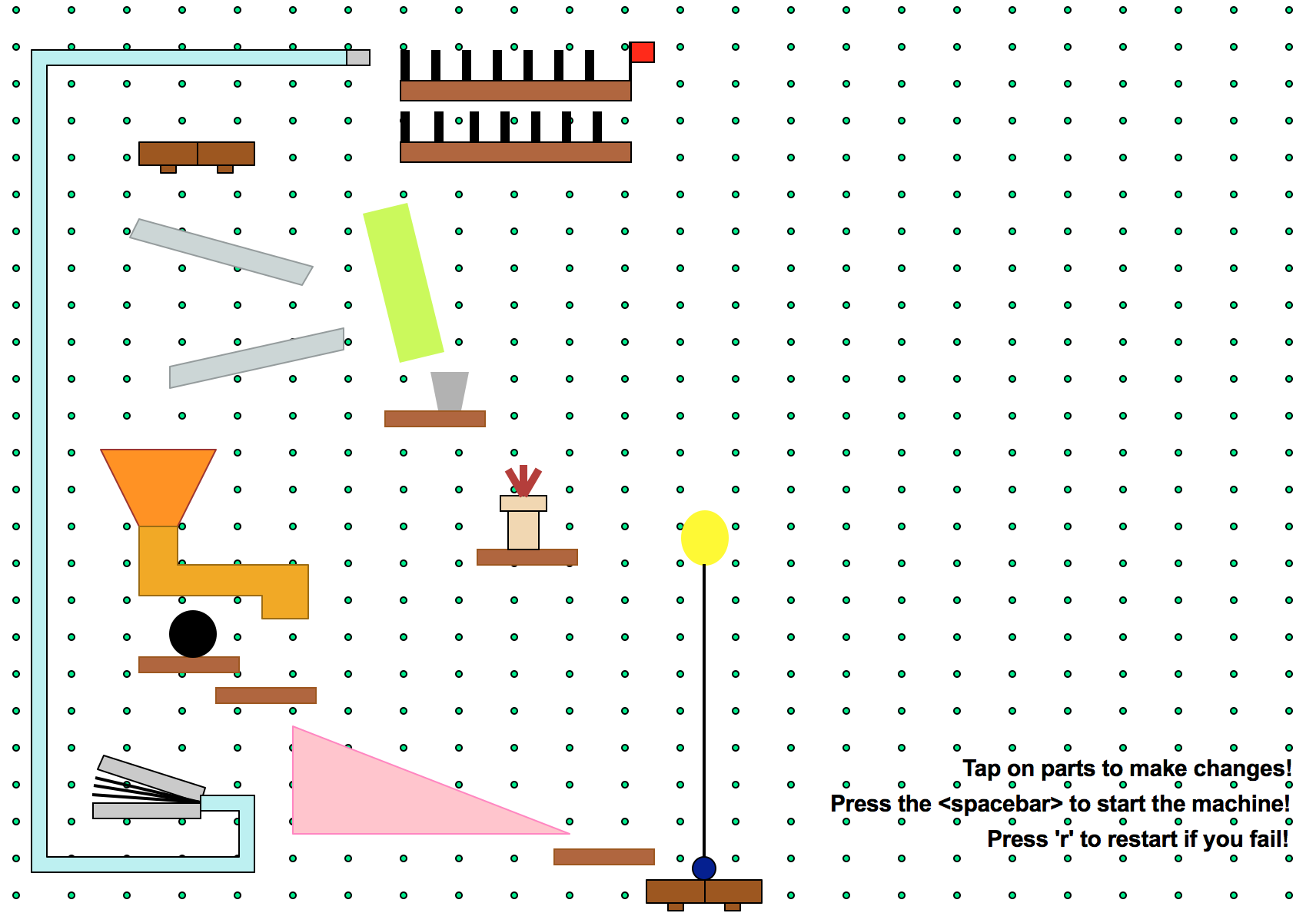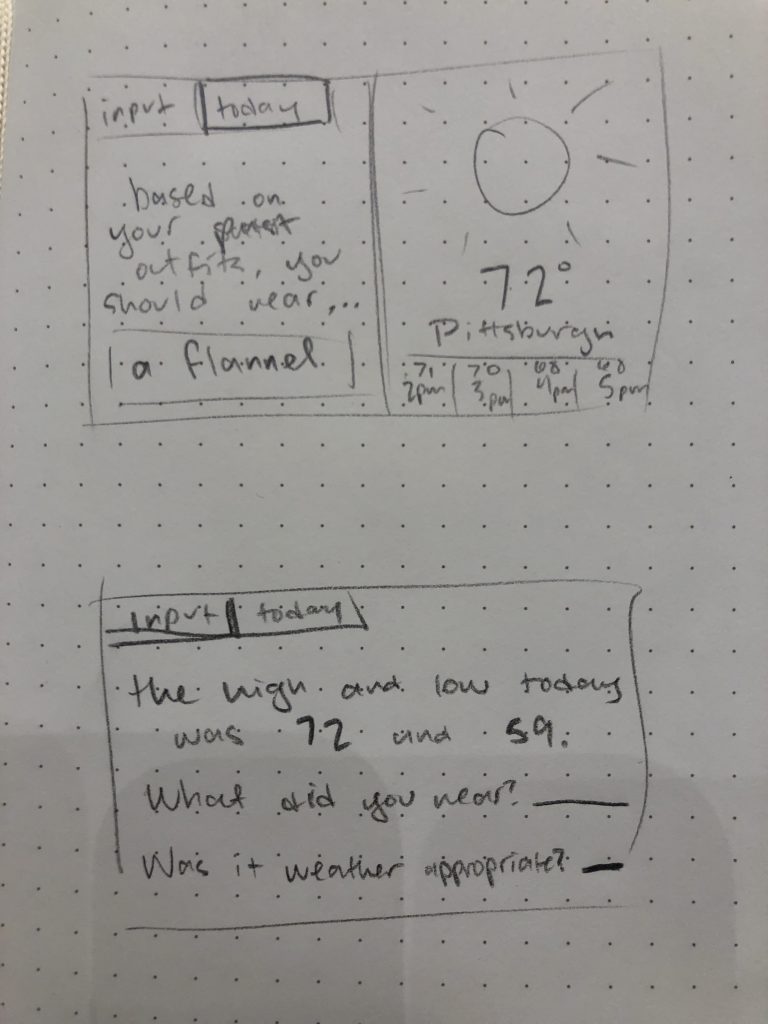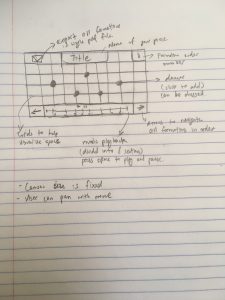For my final project, my inner-8-year-old has been begging me to make an interactive dress up game. I’m excited to do this since I plan on drawing all the clothes and then importing them into my code. It’ll have some click and drag features that snap into place when they’re close to the body, as well as accessories and hairdo selections. I also plan on having customizable colors for eyes, hair, lips, and maybe the clothes as well. I’m excited to do this because I’ve always been interested in designing for children and young girls in particular. As a design student, creating things that are fun and playful has always been at the forefront of what I see myself doing in the future. While it’s true that games like this already exist, the prospect of both designing and coding my own validates that I now have the skills to create something that I’ve wanted to since I was little.

![[OLD FALL 2018] 15-104 • Introduction to Computing for Creative Practice](../../../../wp-content/uploads/2020/08/stop-banner.png)

